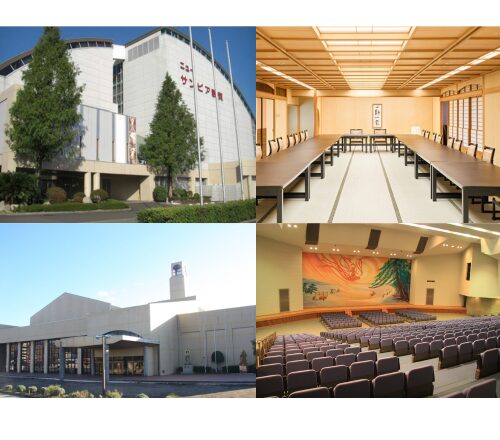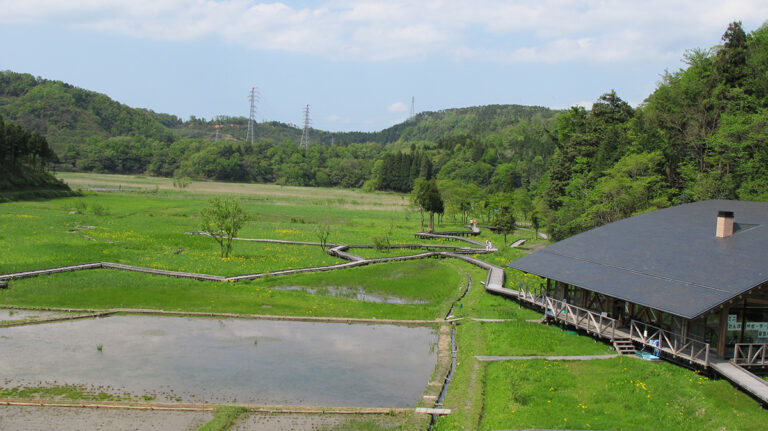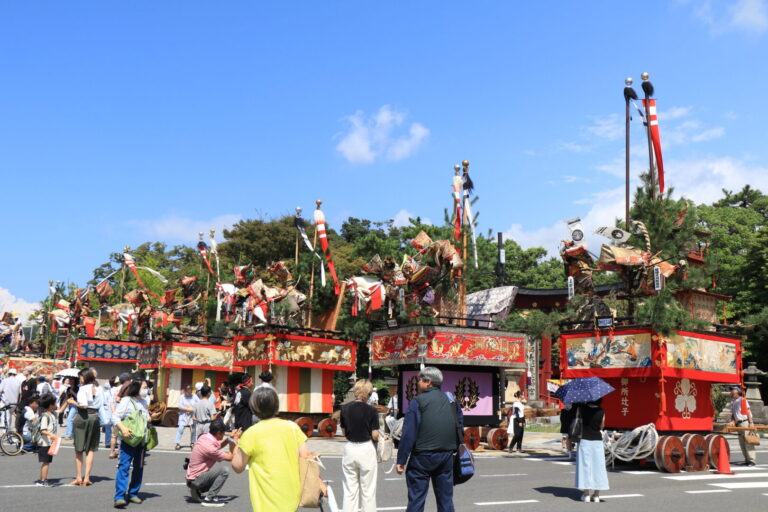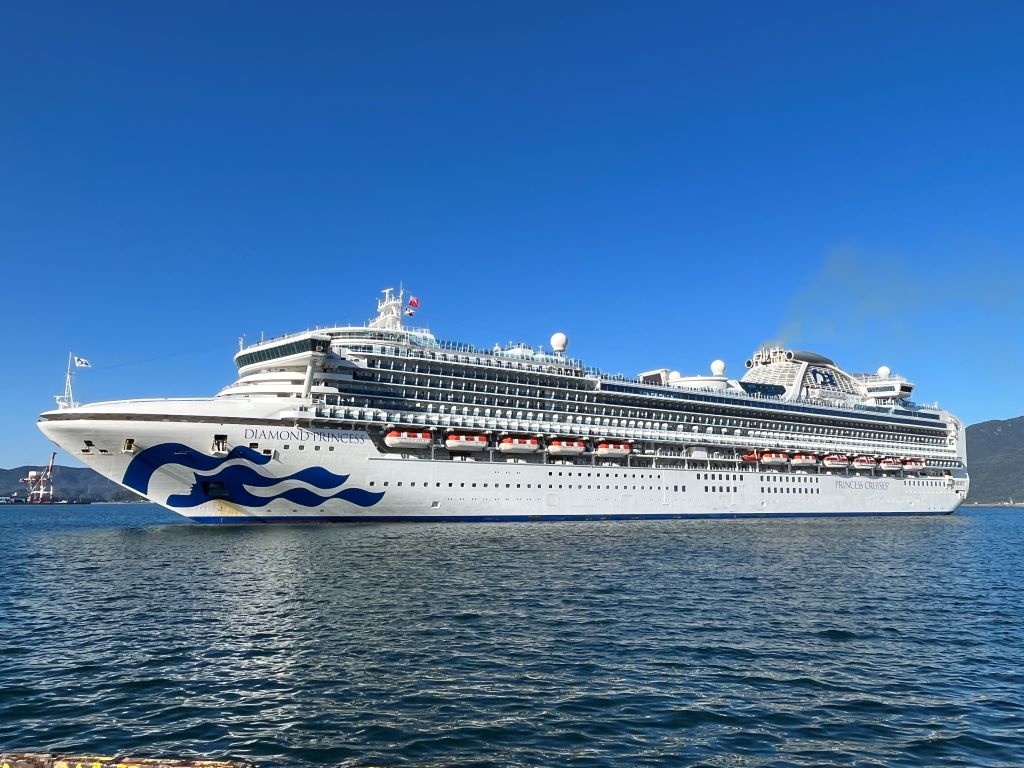
Tsuruga, a port town that flourished as a transit point for trade
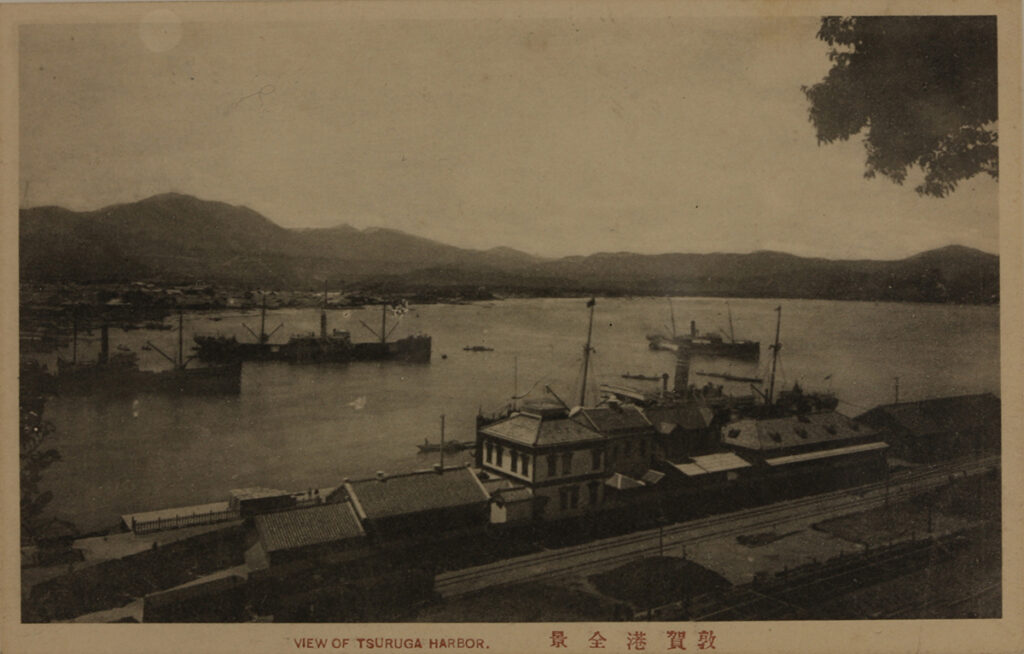
As a natural good port located in the deep part of Tsurga Bay, Tsurga Port has flourished since ancient times as a trading base connecting each region of Japan with the Asian continent. With the development of the westward route since the mid-Edo period, the port of Tsurga prospered as a relay base for the Hokuzen trade and as a supply base for building materials and daily necessities necessary for the development of Ezo. During the Meiji period, a regular route with Vladivostok was opened and developed as an international port. In addition, in 1912, the service of the "European-Asian International Contact Train" began, which became a key point of trade connecting directly with Europe through the Siberian Railway.
The port that connected lives-the history of Tsuruga, which welcomed Jewish refugees
Tsuruga is also known as the "port of humanity", which welcomed people who descended on Japan through numerous difficulties. After World War I, Polish children who had lost their families in Siberia due to the civil war of the Russian Revolution were landed in Tsuruga by relief efforts such as the Japanese Red Cross. Also, during World War II, refugees with "life visas" issued by diplomat Chiune Sugihara to escape Jews from Nazi persecution, it is landed at Tsuruga via the Siberian Railway.
Such episodes of relief, and the stance of the citizens of Tsuruga, who welcomed them warmly, have a value to be proud of to the world as a symbol of trans-border humanitarian assistance.
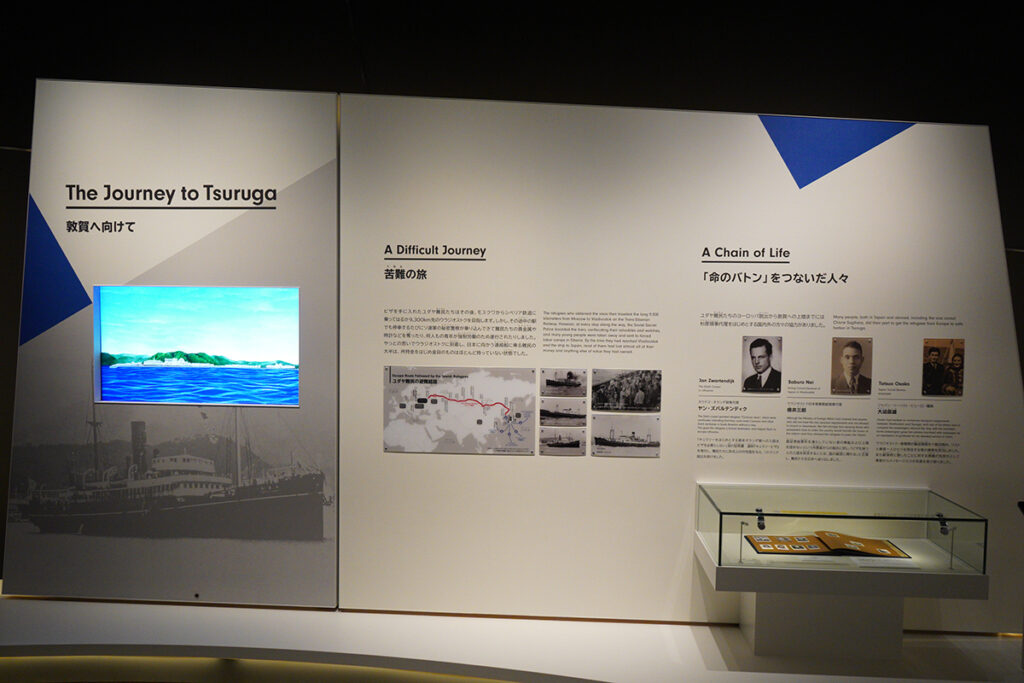
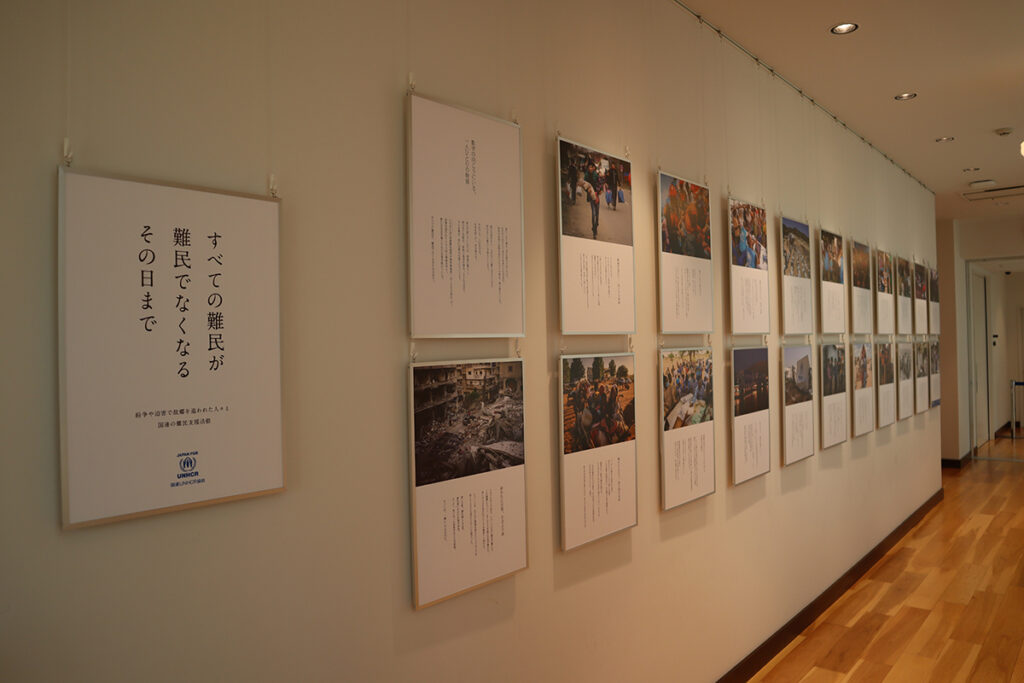
The World Connects Ports-One of the Japan Sea's Leading Logistics Hub Ports
Although it is a port of Tsurga that inherits the spirit of historical humanitarian assistance, it is now a logistics base port with regular routes both in Japan and abroad. A distinctive feature is a substantial domestic navigation route. The ferry/RORO route with Tomakomai operates 14 flights per week as a keynote route between Kansai and Chukyo and Hokkaido. In addition, the RORO route is the only one on the Sea of Japan side to both Hokkaido and Kyushu, providing seamless sea transport between Hokkaido and Kyushu.
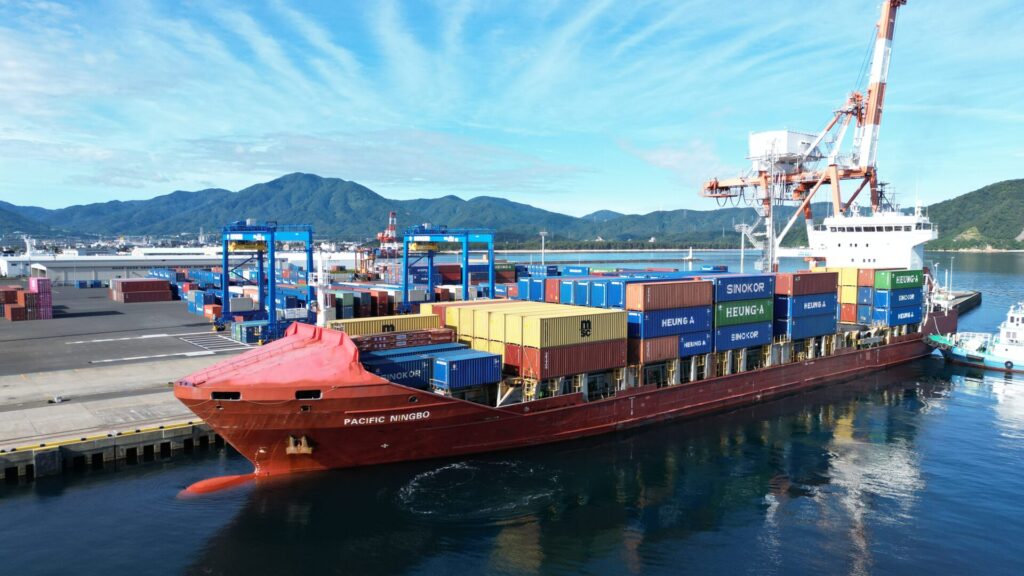
For overseas use, we have regular container ships (top photo) and RORO ships with South Korea (Busan), and also play an important role as an international logistics port. In addition, the importance of the maritime transport network is increasing due to problems in 2024, and the expansion of the terminal is underway to improve the efficiency of port cargo handling at Tsurga Port and improve convenience.
Evolving into an international business hub that connects bullet trains and ports
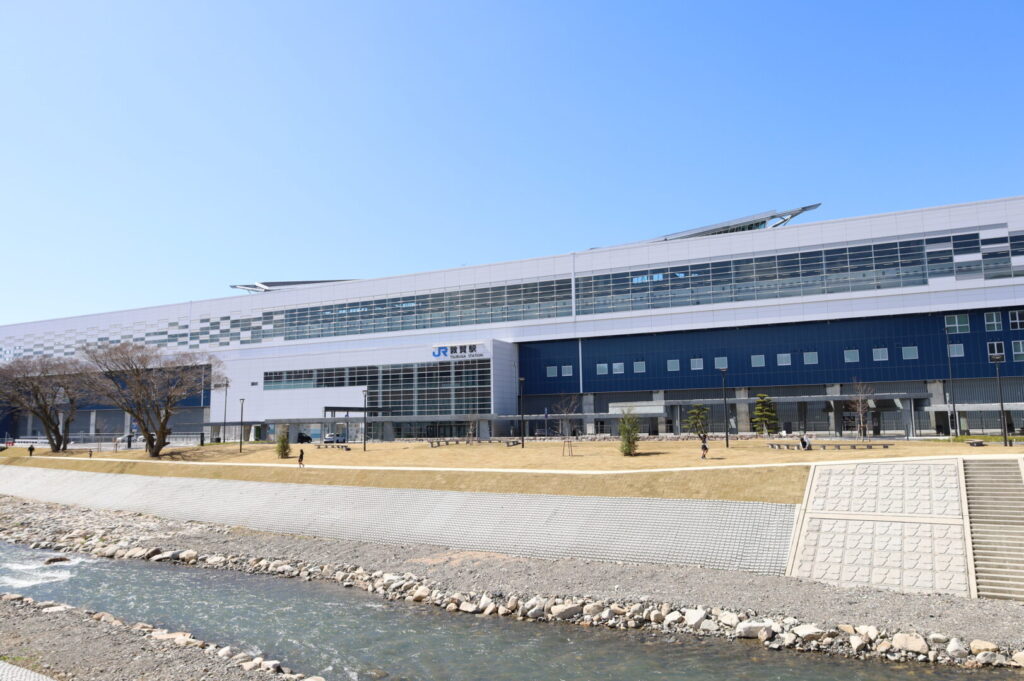
In 2024, the Hokuriku Shinkansen line will be extended, and the Shinkansen line, which runs directly between Tsuruga and Tokyo, runs 14 round trips a day. Now accessible without a transfer, the convenience from Tokyo has improved exponentially. In addition, access to the Kansai and Chukyo areas is good, and if the Hokuriku Shinkansen stops, it is easy to secure alternatives on conventional lines and expressways, making it very convenient for business and sightseeing. And the area around the Shinkansen station has also been redeveloped, attracting attention as a base to accelerate the flow of people and goods in Japan and abroad along with the enhancement of urban functions. This strengthening of land routes is a major step towards international logistics hubs. Tsuruga continues to evolve as the "gateway of the north" connecting people and things.
Possible as a base for international exchange
In this way, Tsuruga is opening up new possibilities for international business by taking on its history and role as a symbol of humanitarian assistance and international exchange, in addition to its function as a logistics base port, which serves as a junction for land and sea. In addition, we are pursuing efforts to achieve a sustainable and peaceful society through regional efforts based on the SDGs and coordination with international organizations. For businesses and tourists seeking a new base, Tsuruga can be said to be an attractive place that embodies "humanity, symbiosis and internationality."
- The data listed are as of August 2025.

